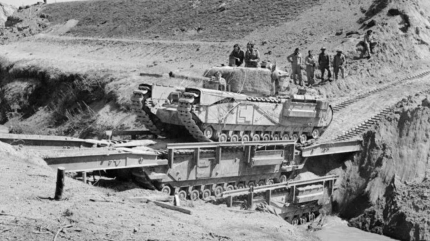The head of the Ministry of Defense of Latvia Andris Spruds announced the transfer of the largest number of drones from local manufacturing companies to Ukraine.
Points of attention
- Latvia is preparing to transfer a record number of drones from local manufacturers to Ukraine, supporting military operations and strengthening the defense capability of the Ukrainian Armed Forces.
- The US is also preparing a new military aid package worth $125 million for Ukraine, which includes air defense missiles, ATGMs, ammunition, vehicles, and equipment for combating drones.
- The significant support from Latvia and the USA underscores the commitment to Ukraine's territorial integrity and defense, especially in light of the successful offensive by the Ukrainian Armed Forces in the Kursk region.
- The transfer of 1,400 drones from Latvian manufacturers marks a milestone in the procurement process that will contribute to the overall delivery of over 3,000 combat drones to Ukraine.
- The military aid from various partners is crucial in enhancing Ukraine's defense capabilities and highlights the collective efforts to support Ukraine in its struggle for territorial integrity and security.
What is known about Latvia's plans to transfer the largest number of drones to Ukraine
The largest batch from Latvian manufacturers – 1,400 drones – is ready to be sent to Ukraine. This completes the procurement by the Ministry of Defense of more than 2,700 drones of the Latvian industry for Ukraine, - noted Spruds.
He emphasized that, in general, Latvia has already handed over 3,000 combat drones of various types and characteristics to Ukraine.

Together with Latvian companies, we will continue to provide support to the victory of Ukraine, - emphasized the head of the Ministry of Defense of Latvia.
What is known about military aid to Ukraine from other partners
According to Associated Press journalists, the United States is preparing a new package of military aid to Ukraine in the amount of 125 million dollars.
It is noted that the package will include air defense missiles, ammunition for HIMARS MLRS, Javelin anti-tank missiles and a number of other types of ATGMs.
In addition, the US plans to transfer to Ukraine equipment for combating drones and means of radio-electronic warfare, 155-mm and 105-mm artillery ammunition, vehicles and other equipment.
The officials spoke on condition of anonymity because the aid had not been publicly announced. The official announcement may appear as early as Friday, on the eve of Ukraine's Independence Day. The weapons are provided as part of the presidential authority to reduce armaments, which means that they are taken from the Pentagon's warehouses and can be delivered faster, the publication emphasizes.
It is noted that the allocation of a new package of military aid will take place against the background of the successful offensive of the Armed Forces of Ukraine in the Kursk region.














